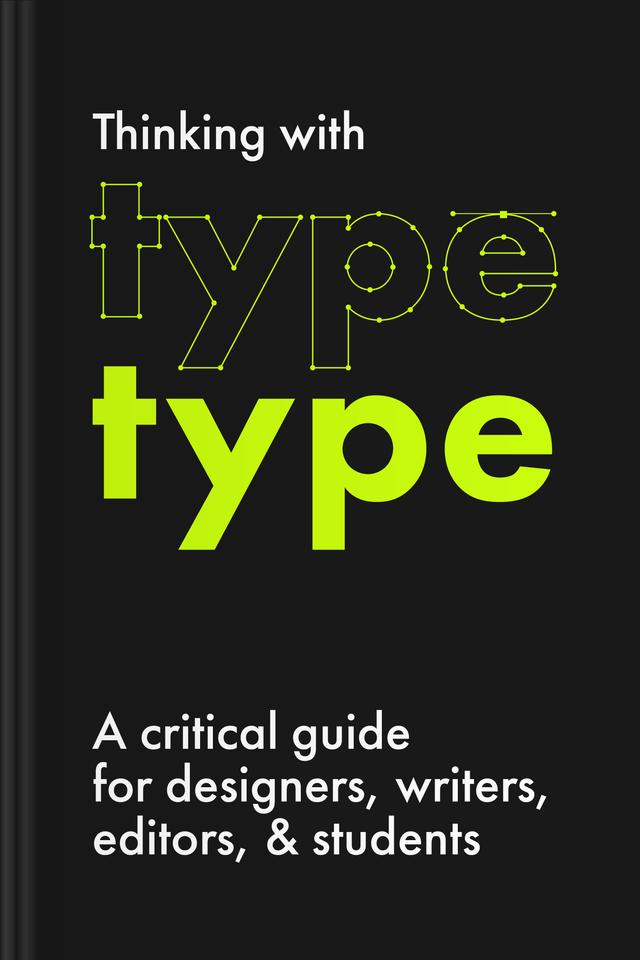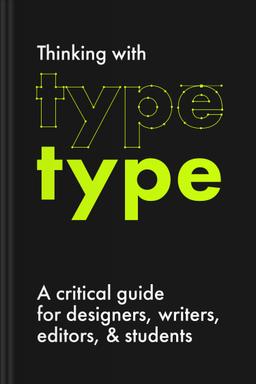You’ll learn
- How typography shapes perception
- The art of choosing the right typeface
- Secrets behind effective kerning
- Why less is often more in design
russia has launched a full-scale war in Ukraine. Donate to support Ukraine and protect the world’s peace.

first KEY POINT
Typography is not a subject with many books dedicated to it because much of it is taught in college, online, and learned by practice. However, for graphic designers wanting to hone their work to the highest possible level, understanding the smaller details is key. Not understanding the finer points of spacing, choosing the right type font, and how these relate to spaces around the words can make your work look slightly ‘off.’ This might not be glaringly obvious to a reader, but when adorning large banners for advertising, small mistakes can stand out.
Ellen Lupton was annoyed at the lack of suitable books on the subject of typography. For a long time, she searched for the ideal choice, something small enough to digest easily but containing enough information to be worthwhile. In the end, she decided to create that book herself, having failed in her mission to find it elsewhere.Focusing upon the rules of typography, with creative license thrown in for good measure, Thinking in Type is also about why typography is structured in the way it is and not merely stating the rules. The bottom line is that when typography is used in a creative and sensible way, it adds value to the words and gives them structure, allowing the meaning to be conveyed in a more concise and impactful manner.
second KEY POINT
Typography allows you to arrange words and blocks of text in a way that not only looks pleasing to the eye but also conveys a message in the right way. Choosing the right fonts can add more impact, but the wrong font can turn a serious message into something entirely comical. For this reason, typography as a whole isn’t just about choosing the right font; it’s also about knowing the rules that allow you to use fonts in the right way. For that reason, one letter is never insignificant; it’s part of the puzzle.

Continue reading with Headway app
Continue readingfirst KEY POINT
second KEY POINT
third KEY POINT
fourth KEY POINT
fifth KEY POINT
sixth KEY POINT
seventh KEY POINT